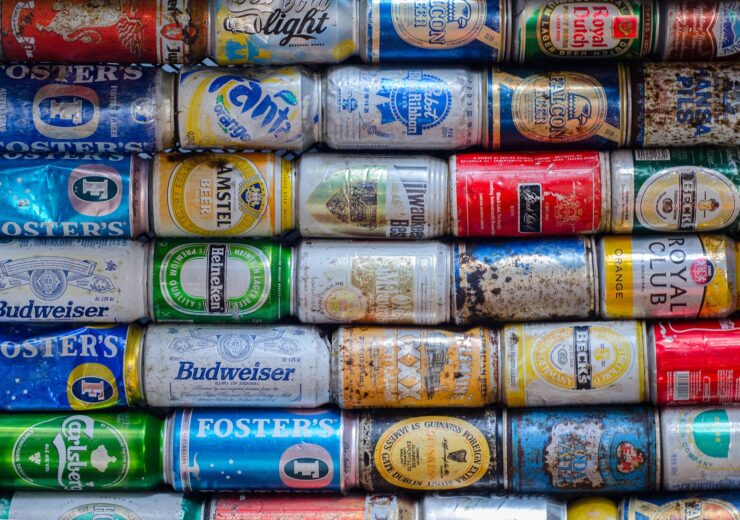Increasing aluminum can recycling rate to 90% would keep 1.3M tons of aluminum out of landfills and reduce annual greenhouse gas emissions by 12.1M metric tons of CO2e

RRS used state recycling rate data from the 50 States of Recycling Report (2021) to determine baselines. (Credit: Skitterphoto from Pixabay)
Today, Ball Corporation and Resource Recycling Systems (RRS), a sustainable material and resource consulting firm, released a new nationwide study showing the economic and environmental benefits of improving the aluminum can recycling rate in the United States to 90% – an increase from the current rate of 38%. Infinitely recyclable and economically valuable, aluminum is among the most sustainable beverage packaging materials, and when recycled, uses 92% less energy than virgin material and supports increased supply of domestic recycled metal.
In 2021, Ball Corporation released its vision for increased circularity across the industry in the Towards a Perfect Circle Report (2021). The report details a vision for the industry to achieve a 90% global recycling rate of aluminum. The new study from RRS and Ball Corporation demonstrates the environmental and economic impact of achieving this goal in the U.S.
“There is no question the market for more recycled aluminum is there, and so is the potential for huge energy savings and job creation,” said John Hayes, chairman of Ball Corporation. “That’s why we’re advocating for smart recycling policies at the state and federal level that can help the U.S. reduce our dependence on imported materials, strengthen our domestic supply chain and make these benefits a reality.”
“The benefits of increasing aluminum recycling rates in this country are very clear,” said Marisa Adler, Senior Consultant, RRS. “Now it’s up to leaders at the state and federal level to develop a policy roadmap for making the most of this opportunity.”
The “Recycling Aluminum Cans Is Good Business” analysis, was compiled using 2021 data sourced from the Environmental Protection Agency (EPA), Aluminum Association and Ball Corporation. The analysis also demonstrates how improved recycling enhances our nation’s domestic supply chain of aluminum and decreases our reliance on primary aluminum imports. The study includes factsheets and data for all 50 states, in addition to a national snapshot.
RRS used state recycling rate data from the 50 States of Recycling Report (2021) to determine baselines. Notably, while the Aluminum Association has reported a 45.2% consumer recycling rate for aluminum cans, the RRS analysis uses 38% as the national baseline to reflect the percentage of aluminum that actually makes it to remelting facilities, after material losses that occur during collection and sorting. Unfortunately, collection and recycling are not synonymous. As detailed in Ball Corporation’s Towards a Perfect Circle Report (2021), boosting collection rates exponentially increases the amount of recycled material that is kept in the loop over the long term.
Source: Company Press Release
